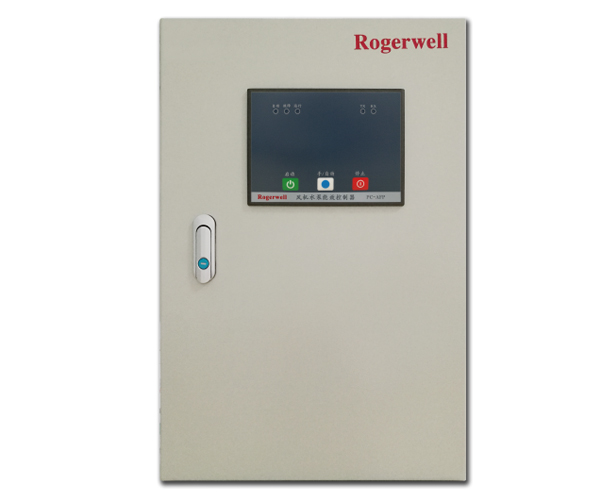
The functions of the building automatic control system include 1. Equipment information management: With the development of information technology such as data analysis, the BA system begins to develop from a simple automatic control function to an integrated development of automatic control and information management. Data is effectively stored and analyzed to provide a basis for future construction equipment renovation and online fault diagnosis. 2. Equipment operation monitoring: it is the primary and basic function of the building automation system. 3. Energy conservation control and management: Energy conservation and consumption reduction are the primary means of global environmental protection and sustainable development. The BA system can effectively save the energy consumption of building equipment through group control of cold and heat sources, start and stop, enthalpy value control, and frequency conversion control. 4. Distributed control system: It is a centralized and decentralized control system based on multiple microprocessors. The distributed system introduces computer technology into the traditional process control system, uses software to form various functional modules, replaces the conventional instrument functions in the past, realizes the control of production process parameters, and uses screen display to form a system using communication networking technology.

Typical network structure of building automation system: The building automation system adopts the network structure of the distributed control system. The specific network structure used in the project construction should depend on the size of the system and the products used. The network structure usually adopts the bus mode, and the system structure can be distinguished by the bus level. In fact, it is a single-layer network structure, the field devices are connected to each other through the field control network, and the workstation is directly connected to the field control network through the communication adapter. It is suitable for small building automation systems with fewer monitoring points and more concentrated distribution.

The building automation system monitors, controls, and records each subsystem by the computer, realizes decentralized energy-saving control and centralized scientific management, provides a good working environment for users in the building, provides convenient management methods for building managers, and provides building. Operators reduce energy consumption and management costs, providing a material basis for the modernization of property management.
